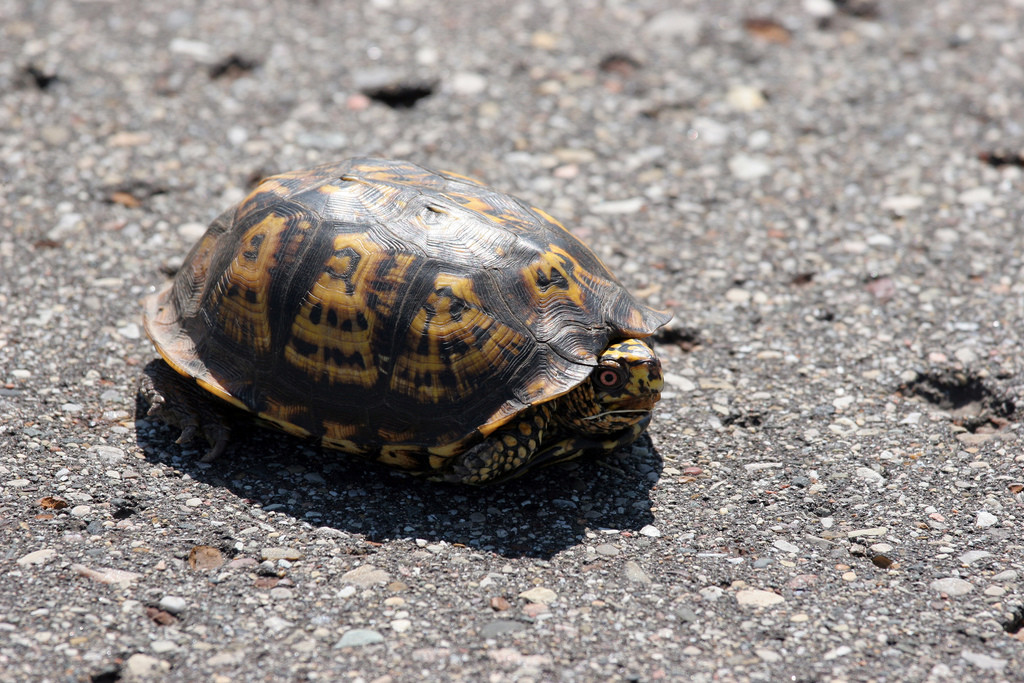
Fences and eco-passages meant to protect animals from highway traffic can lead to more fatalities, particularly for reptiles like turtles and snakes. That’s what scientists in Canada found after monitoring an 8-mile stretch of highway crossing the Georgian Bay coastline of Lake Huron, a region rich in reptile biodiversity.
The two-year study looked at mortality rates at two sites on a highway expansion project: one with protective fencing and one without. On the mitigated site, chain-link fence was erected and fence bottoms were lined with plastic – with the goal of keeping large and small animals off the highway. Fences were supplemented with underground tunnels or ‘eco-passages’ that allowed animals to cross beneath traffic.
The research team found that when holes formed in the plastic that lined fence bottoms, reptiles entered the highway and were often trapped. As they ping-ponged across the road looking for an exit hole, fatalities rose. On the site with protective fences, they recorded a 20% increase in snake and turtle mortality and no difference in abundance of turtles on the roadway.
When fencing failed, eco-passage use went down. Sun-loving turtles largely avoided the tunnels, and overall the number of crossings through eco-passages was much lower than road-surface crossings. Interestingly, a culvert built to allow water to pass under the highway attracted more reptiles than the eco-passages built exclusively for their use.
The study highlights what can happen when protective structures fail. Ultimately, the team advises taking natural ecosystem patterns and species’ preferences into account when designing protections.
**********
.
Web Links
Bad Fences May Lock Wildlife in Dangerous Highway Corridors
Mitigating Reptile Road Mortality: Fence Failures Compromise Ecopassage Effectiveness
Photo, posted June 12, 2009, courtesy of Dawn via Flickr.
.
Earth Wise is a production of WAMC Northeast Public Radio, with script contribution from the Cary Institute of Ecosystem Studies.
